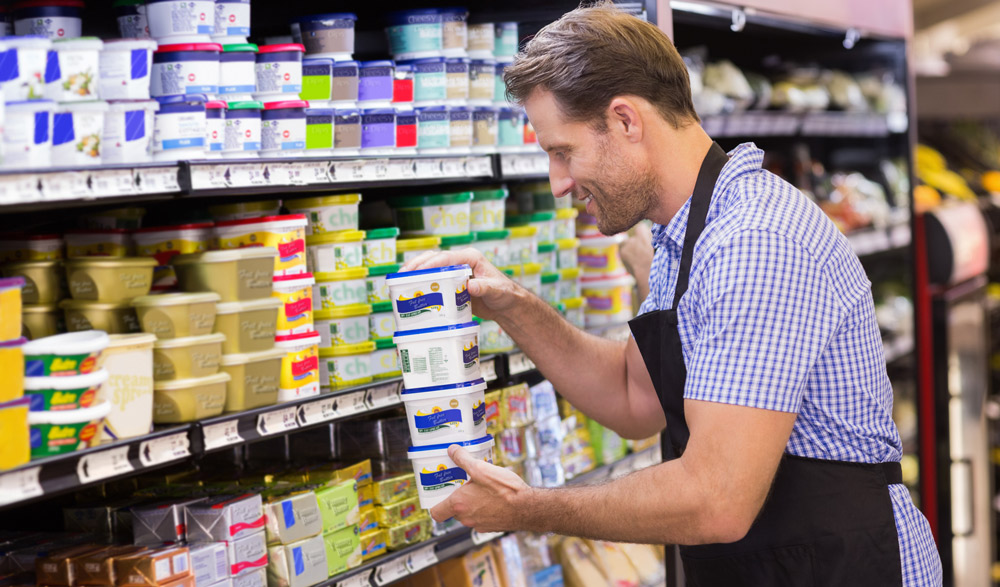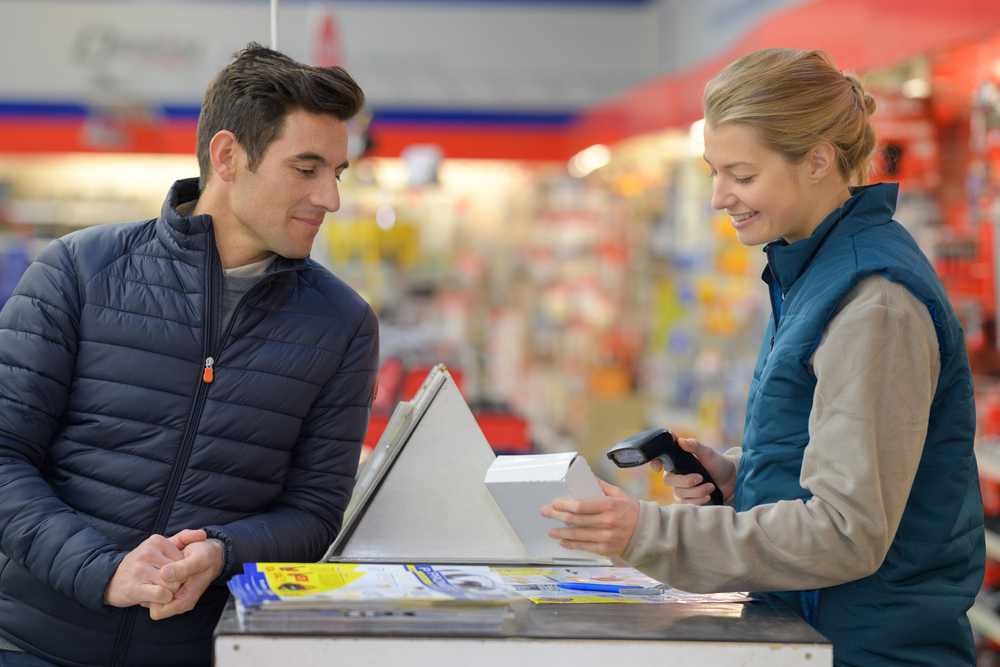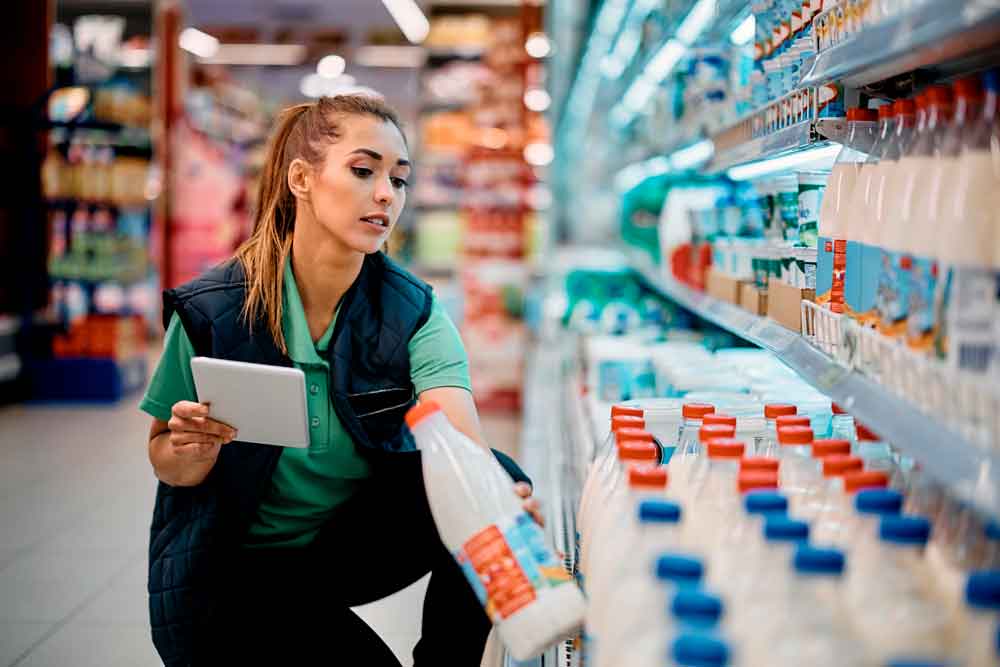
Covid-19 has brought to light the biggest challenge for retailers: maintaining stock and replenishing products inside stores in a scenario of highly volatile demand. Faced with this level of uncertainty, it became common to see images of supermarkets and stores with stocking problems, empty shelves, and dissatisfied customers.
The current context has put pressure on retailers, making it increasingly evident that to deliver the best service to customers and, consequently, avoid loss of sales, it is necessary to prevent stock problems.
To manage this challenge, the first step is to understand the problem and differentiate between two basic replenishment concepts: Out-Of-Stock (OOS) and On-Shelf Availability (OSA). Although both terms refer to supply and availability issues of a product in the store, they have significant differences to keep in mind.
- Out-Of-Stock (OOS): according to Thomas W. Gruen and Daniel Corstenen’s “Comprehensive Guide to Retail Out-of-Stock Reduction in the Fast-Moving Consumer Goods Industry”, there are several definitions for OOS and no general agreement in the industry. However, a globally accepted definition corresponds to the metric of when a retailer intends to have a product available for sale, but there are no physical units in the store. The stock level of the product in the store and back store is equal to zero.
- On-Shelf Availability (OSA): refers to the metric that describes when a retailer intends to have a product available for sale and the product is on the shelf for the customer. That is, when a consumer wants to buy, the product is available and exhibited within reach.
At first glance, OOS and OSA could be confused as the same concept. However, there is one key point that sets them apart: the attention on the customer experience. OOS puts the focus on the product and its level of inventory in the system. In contrast, when we talk about OSA, the focus is on availability to the customer. The discrepancy between the two terms and their perspective is evident when the product is in stock (stock greater than zero), but it is not correctly displayed for the consumer to purchase. This can happen for various reasons, such as damaged products, stock left in the back store, in the warehouse, located on the wrong shelf, or in a customer’s cart.
The effect of stock-outs
Let’s be clear: OOS and OSA problem is a waste of time, money, and energy for the retailer and the customer. But it also has a long-term implication. They both contribute to customers switching brands and retailers to meet their needs.
According to Efficient Consumer Response Europe (ECR Europe), when a consumer faces a stock-out on the shelf, they have several behavioral alternatives: buy another brand, change stores, delay the purchase, buy a smaller format, or simply abandon the purchase. On average, 21% of the time will decide to switch stores, while 9% will leave the store and abandon the purchase. According to a Grocery Manufacturers Association (GMA) study, these numbers are even more overwhelming in the U.S. market, where the decision to shop elsewhere rises to 31%. In other words, every time a customer faces a stock-out, the store perceives a direct loss with a 40% probability. If we also add the loss associated with selecting a smaller format (16%), retailers lose sales half the time a consumer faces an OSA.
But how frequent are in-store and on-shelf out of stocks? Studies show that retailers are far from delivering near-perfect fulfillment. OSA studies in Europe show an average stock-out rate of 7.1%. This figure exceeds 30% when it comes to promotional products. On the other hand, according to studies by the GMA, the OOS rate is around 8% in the United States, with no significant variations in recent years. Surprisingly, these figures show that, in practice, a customer will not find 1 out of every 12 items they intend to buy.
The level of OOS and OSA of a store has severe repercussions on service level and sales. According to the GMA study, an average retailer loses approximately 4% of sales due to stock-outs.
Using technology to support replenishment
At Frogmi, we know that making the distinction between OOS and OSA opens up a world of possibilities to improve stores’ compliance with stock levels. In fact, according to the ERC study, ensuring correct stock and shelf availability depends 85% of the time on internal store processes. Technology plays a fundamental role in having products permanently available, supporting the buying process, and increasing sales.
In our experience, the key point is the preventive and corrective identification of store and on-shelf stock-outs to activate the replenishment process.
Corrective identification refers to the ability of stores to discover when a product is not meeting the correct stock on display. On the other hand, preventive identification relies on statistical models and artificial intelligence (A.I.) to assess whether a product is out of stock or at risk of being out of stock.
Platforms such as Frogmi enable both sides of the replenishment process simultaneously: corrective and preventive. It provides new capabilities to store teams to identify when a product is out of stock quickly and easily. The task management tool sends immediate tasks to the warehouse or back store so that the product can be picked and sent to the sales floor, activating the replenishment cycle. This process is leveraged on store employees, who can continuously raise OSA incidents throughout the day, avoiding breakage during the store’s opening hours.
Regarding OSA prevention, Frogmi’s advanced analytics system identifies sales anomalies that raise alarms and trigger tasks on the sales floor. Hence, stores can assess those critical products and check if they are correctly displayed and adequately stocked.
Even though there are tools that can support the identification of stock-outs, it is always good to keep in mind who is actually doing the work. The stores’ personnel has limited time and resources to perform their tasks. Their capacity for execution is limited. The use of technology can go even further, prioritizing tasks based on strategic criteria for the business, such as opportunity cost, significant sales, or must-have products. In this way, stores can make efficient and effective use of their resources and ensure on-shelf availability.
The use of technological tools in the replenishment process will increase product availability by 4 to 6 points. At the same time, this availability for the customer will promote sales, with an estimated effect of 2 to 3 points of sales growth, according to BCG Group analysis.
The use of new technologies will be a fundamental pillar for retailers seeking to reach the next level. The replenishment process is becoming increasingly relevant to consumers. Eliminating stock-outs will be a basic requirement to deliver an adequate service level to enable a successful strategy and increase sales. Using technology in these key processes can increase operational efficiency, boost sales, and, most importantly, improve customer satisfaction.













